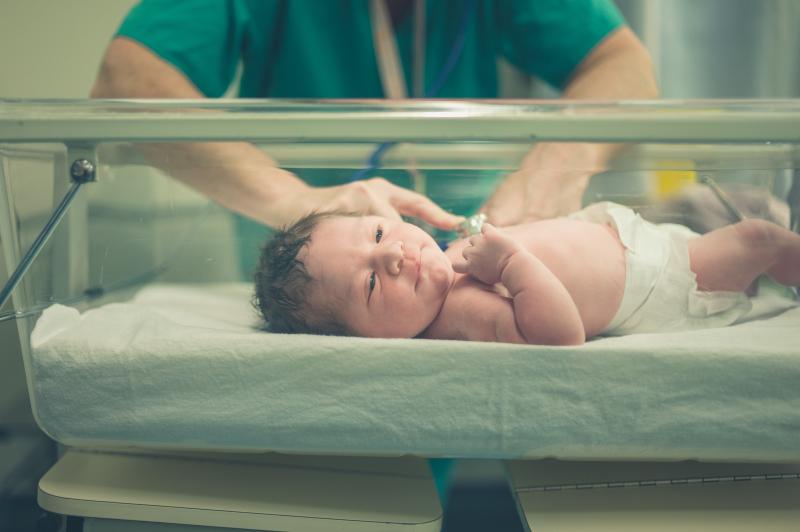
High rather than low levels of neonatal 25(OH)D3 pose an increased risk of incident epilepsy in early childhood, a finding that may be attributed to chance, confounding, or late gestational vitamin D exposure, according to a study.
The analysis included 403 children who developed epilepsy and 1,163 randomly selected controls. The overall mean neonatal 25(OH)D3 was 29.1 nmol/L and higher in the epilepsy cohort (mean, 30.8 vs 28.5 nmol/L).
Compared with controls, children who developed childhood epilepsy were more likely to have lower birth weight and length, be born via Caesarean section, have parents who had a basic education, and have mothers with epilepsy.
Epilepsy risk had a dose-response association with neonatal 25(OH)D3 concentration. With the lowest 25(OH)D3 quintile (0–12.6 nmol/L) as reference, the hazard ratios (HRs) for epilepsy were 1.13 in quintile 2 (12.6–20.5 nmol/L), 1.22 in quintile 3 (20.6–29.9 nmol/L), 1.49 in quintile 4 (29.9–44.1 nmol/L), and 1.66 in the highest quintile (44.1–111.1 nmol/L; ptrend=0.004).
Results persisted after controlling for season of birth in the analysis, where a significantly higher epilepsy risk was observed among children in the two highest vs the lowest quintiles (Q4: HR, 1.62, 95 percent confidence interval [CI], 1.07–2.47 and Q5: HR, 1.86, 95 percent CI, 1.21–2.86).
Given that the adjustment for season of birth strengthened the results, the researchers pointed out that maternal intake of vitamin D, and not vitamin D from sun exposure, might be the source associated with epilepsy.